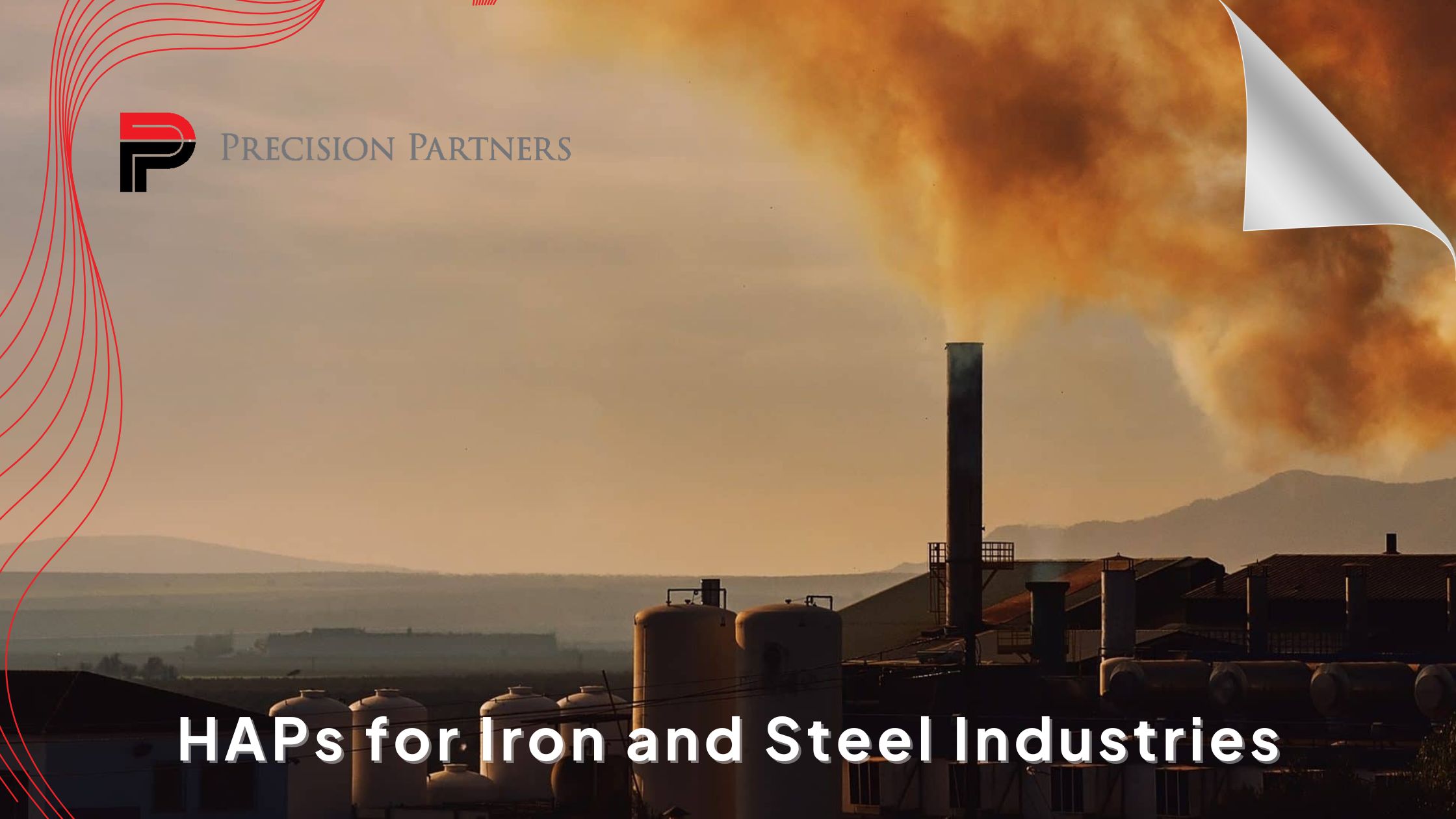- ·The Good Neighbor Plan (NOx) will require a cross-state action plan that will aim to provide a 50% reduction from 2021 ozone season NOX emissions levels
- ·National Ambient Air Quality Standards for Particulate Matter (PM2.5 NAAQS). This proposed standard will place most of the facilities across the United States in nonattainment for PM 2.5.
- ·The National Emissions Standards for Hazardous Air Pollutants (NESHAP) for Integrated Iron and Steel Manufacturing Facilities. This Rule, which stems from the Clean Air Act (CAA), represents the first major update to the NESHAP for this industry since 2006, aim to further reduce HAP emissions and improve air quality in communities near iron and steel plants.
A key solution for meeting these pollutant levels is the utilization of ceramic filter technology. The ceramic filters are infused with catalyst to capture and break down NOx and HAPs into less harmful substances before they are released into the atmosphere and into surrounding communities. The filters are also proven to provide over 99.99% reduction of submicron PM, ensuring that this single technology can exceed the new legislative requirements, Catalytic ceramic filters offer several advantages over traditional pollution control methods, such as baghouses and wet scrubbers. For one, they are highly effective at removing a wide range of HAPs, including volatile organic compounds (VOCs), which are not effectively captured by other technologies.
Additionally, ceramic filter systems have a smaller footprint and lower energy requirements compared to alternative methods, making them a more cost-effective and environmentally friendly option for iron and steel manufacturers.
Specifically for iron and steel facilities with existing electrostatic precipitators (ESP/EP) or Baghouse (Fabric Filter) systems installed, ceramic filters can be retrofitted into these technologies, maximizing footprint, and reducing costs. At Precision Partners, we welcome the opportunity to explore these options in ceramic filtration systems for all iron and steel facilities.
Please contact us at info@ppidg.com to learn more!

